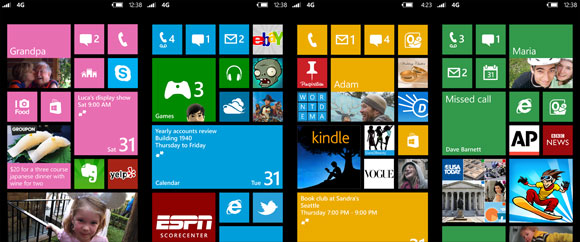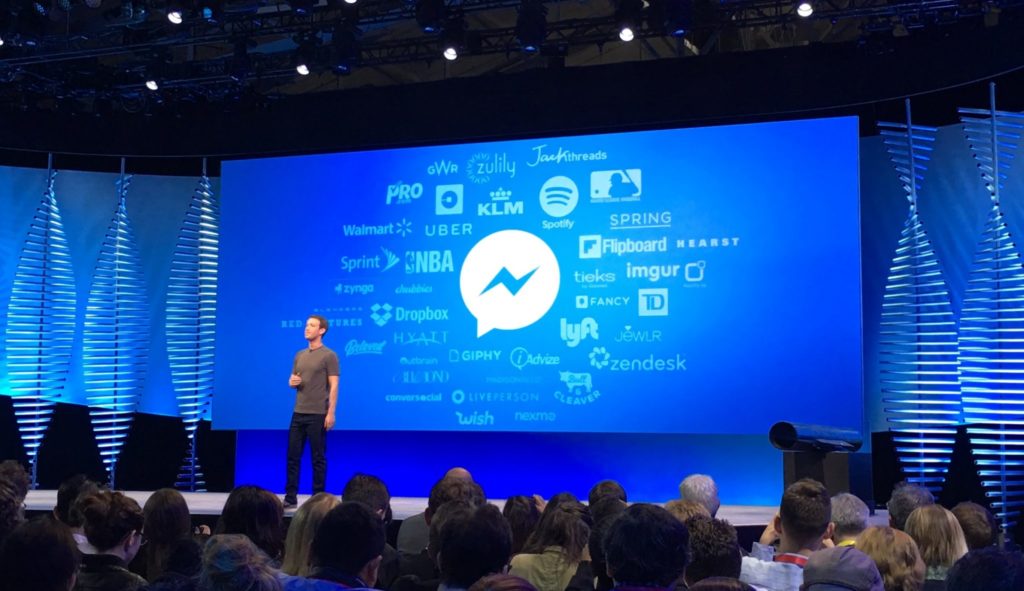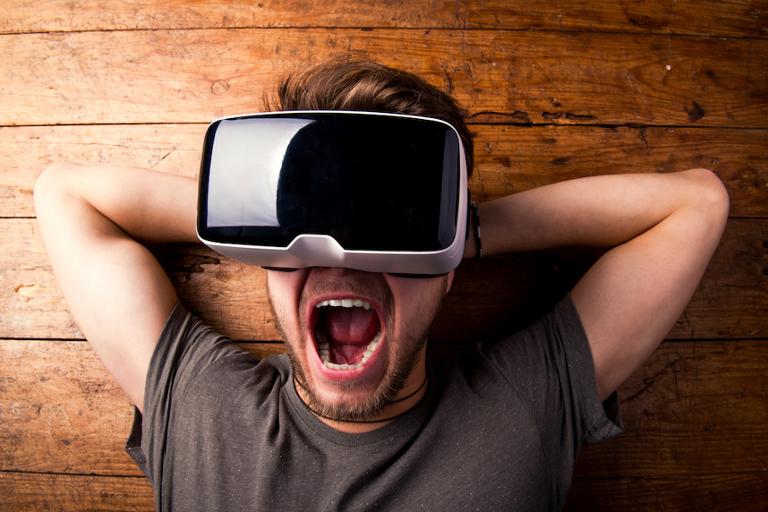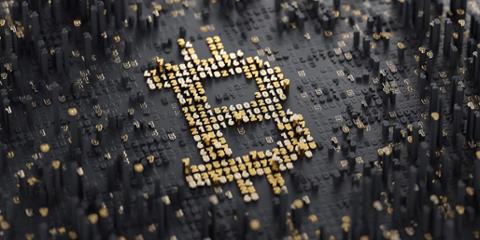The technology industry lives on hype. That’s how startups obtain funding for their crazy ideas, and how companies convince customers and businesses to buy their products. Hype pulls developers into a new software or hardware ecosystem, and hopefully gets everyone paid.
But hype can quickly curdle into overhype. Despite billions of dollars in investment, some technologies simply don’t fulfill their early promise. Developers buy early into an ecosystem only to find a fatal lack of customers. Companies are stuck with excess product that nobody wants to buy.
Over the past decade, we’ve seen lots of examples of companies and concepts that fulfilled their early hype—but that’s come with a healthy share of overhype. Which technologies failed to fulfill all that early promise? We have some particularly prominent examples.
Virtual Reality (VR)
Remember when virtual reality (VR) was supposed to become the Next Big Thing? That hype led some developers to shift their product roadmaps and start building VR games and apps, hopeful that millions of people would soon drop their smartphones and tablets in favor of bulky VR headsets.
If only for a short time, it looked like VR had a solid chance of breaking into the mainstream. In 2016, Facebook’s Oculus Rift was locked in fierce battle with the HTC Vive and Sony’s PlayStation VR for the small pool of early adopters, and it seemed like all the VR industry needed was one blockbuster game or app to go truly “big.”
But as we close out the decade, it’s clear that VR will remain a niche product for the foreseeable future. That might come as a disappointment to some who really enjoyed the prospect of immersing themselves daily in virtual worlds, especially since a handful of companies spent the past several years pouring lots of resources into developing (and iterating) VR headsets. And yet, for the vast majority of consumers and businesses, the appetite for VR experiences seemingly remains nil.
Why didn’t VR go big? Maybe it was the lack of a killer app, or headsets’ relatively high price point. In a September interview with CNET, Facebook CEO Mark Zuckerberg finally suggested it might take longer for customers to embrace VR—much longer. “I don't think it's a 2020 thing,” he said. “But hopefully it's not a 2030 thing. If you think about how we use screens, phones are the ones we bring with us, but half of our time with screens is TVs. I think VR is TV and AR is phones.”
Good luck with that, Mark!
Smartphone Platforms Other Than iOS and Android

Way back in Ye Olden Days of 2009, many in the tech industry believed that a new smartphone OS could challenge the nascent iOS/Android duopoly. The smartphone was still an emerging product, and it wasn’t outside the realm of possibility that an innovative OS, paired with the right collection of apps, could transform another tech company into a viable third competitor in the space.
Hewlett-Packard took a run at breaking into the smartphone OS arena with webOS, which was developed for Palm’s much-hyped (and ultimately doomed) comeback as a handset maker. But with HP in the midst of corporate chaos—one of its CEOs, Leo Apotheker, served a mere 10 months in 2011—webOS and its accompanying devices ended up shunted aside. LG acquired webOS in 2013, and integrated it into various Internet of Things (IoT) devices, but the operating system failed to make much of a mark in smartphones.
Windows Phone, Microsoft’s stab at a smartphone OS, ultimately didn’t fare much better. Although the operating system earned some good reviews for its unique UX (instead of the grid of app icons that defined the iOS and Android homescreens, for instance, Windows Phone had sets of colorful, interactive tiles), customers didn’t exactly flock to Microsoft’s take on mobile.
Over the years, Microsoft tried any number of desperate moves to boost its share of the smartphone market. It launched Windows Phone 8, a more robust version of the smartphone OS… which wasn’t backward compatible with Windows Phone 7.x devices and apps, cutting off a significant portion of the ecosystem’s early adopters. Microsoft’s then-CEO Steve Ballmer acquired Nokia in 2013 for $7.2 billion, hoping that giving his company a smartphone-hardware arm might help staunch the bleeding. Nope. Finally, Windows Phone’s market share declined to the point where it was no longer worth saving, and Microsoft pulled the plug.
If there’s one alternative smartphone OS that did sorta-okay, it’s Amazon’s FireOS, which powers the company’s tablets. Then again, Amazon’s attempt to produce a FireOS smartphone (the Fire Phone) was a spectacular failure, despite some interesting features. Besides, FireOS is just a modified version of Android, so even if the Fire Phone had succeeded, it wouldn’t have fully counted as a “third player” in the space.
As we close out the decade, the smartphone ecosystem has frozen: You can develop for iOS, and if that’s not your thing, you can opt for Android.
Bots

Bots! At one point, they were supposed to kick off a customer-service revolution—instead of needing to stock a call center with flesh-and-blood help-desk employees, companies could just spin up legions of chatbots capable of answering a variety of customer questions. Facebook, Microsoft, and other companies announced big plans to make bots (bots!) smarter and more useful.
Even as the bots hit the market, tech executives voiced some worries that the technology was prematurely overhyped. “There’s a lot being said about bots,” Twilio CEO Jeff Lawson told an audience back in 2016. “We’re not sure what the substance is behind a lot of it, though.” That was unusual, because executives will usually hype technology until they’re blue in the face.
In this case, though, the executives were right. The early promise of bots taking over broad swaths of human-based functionality… well, that fizzled and died. Nonetheless, there’s still the danger that automation will take more and more human jobs in coming years.
Cryptocurrency

With the price of Bitcoin hovering at around $7,000 per “coin” (but check back next week—it might be $1,000, or $10,000, or $100,000, based on how a small cluster of aggressive speculators are feeling at the time), it’s easy to forget that, just a few short years ago, many people in the tech industry hoped that the cryptocurrency would become a tool of everyday transactions. Back in 2014, Forbes reporter Kashmir Hill managed to use only Bitcoin for everyday survival; while it wasn’t the easiest experience, it showed a potential pathway forward for those who imagined cryptocurrency was superior to old-fashioned dollars.
But a funny thing happened on the way to Bitcoin’s mainstream adoption: It was co-opted by financial speculators who were interested in making their coin as valuable as possible. In December 2017, the price of Bitcoin skyrocketed to $19,000 BTC, and it was clear that the dream of cryptocurrency as stable enough for everyday transactions was severely weakened, if not entirely dead. The situation was compounded by other cryptocurrencies (some of them really shady) hitting the market in hopes of achieving similar results. And let’s not talk about the muddled mess that’s Facebook’s Libra.
However, blockchain, the technology underlying Bitcoin and other cryptocurrencies, still has some value. For those who don’t know, blockchain is a distributed database that maintains a chain of “blocks,” or records with a timestamp and link to a previous block. It is difficult (although technically not impossible) for a user to retroactively alter data within a particular block without someone noticing. This renders blockchains secure by design, making them ideal for everything from “smart” contracts to unalterable shipping manifests. That’s a technology that could spread very wide; but cryptocurrency’s promise seems stunted.



